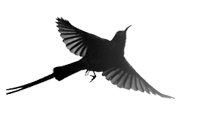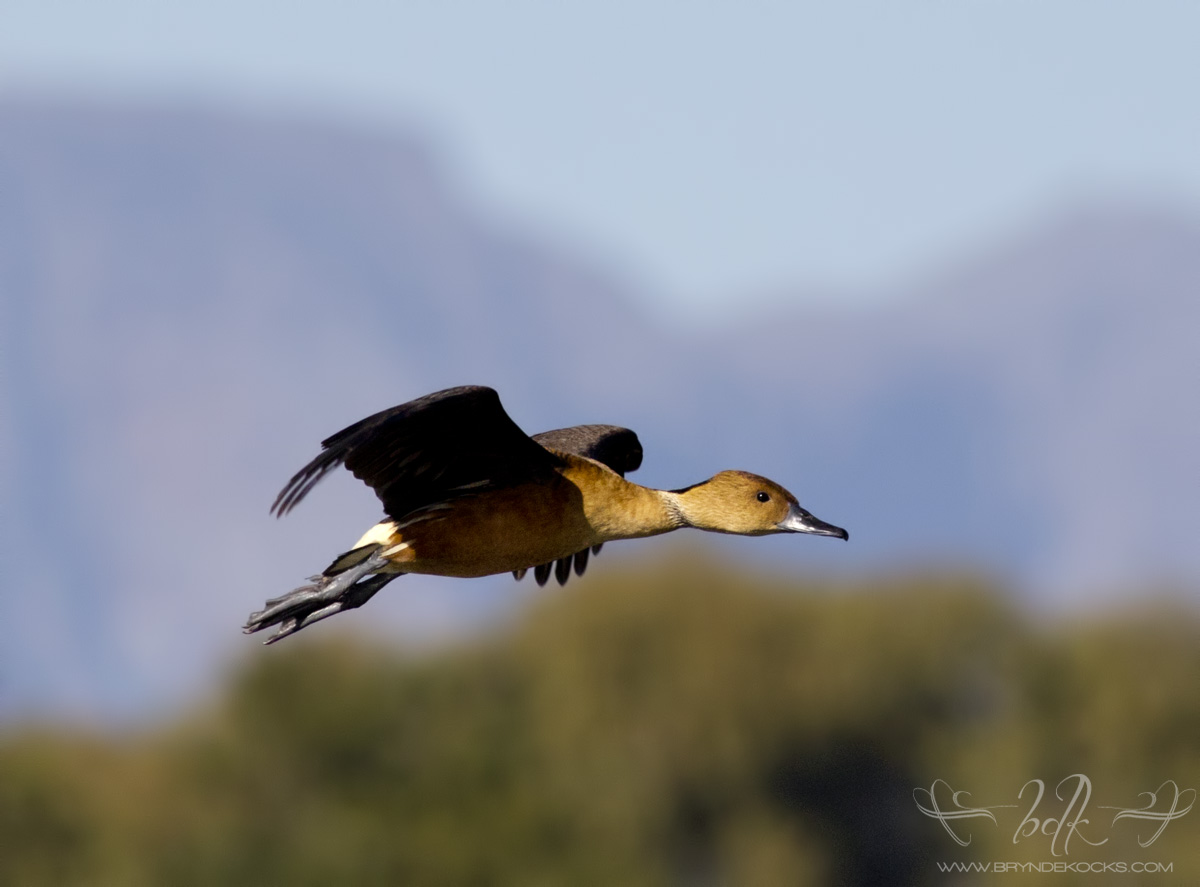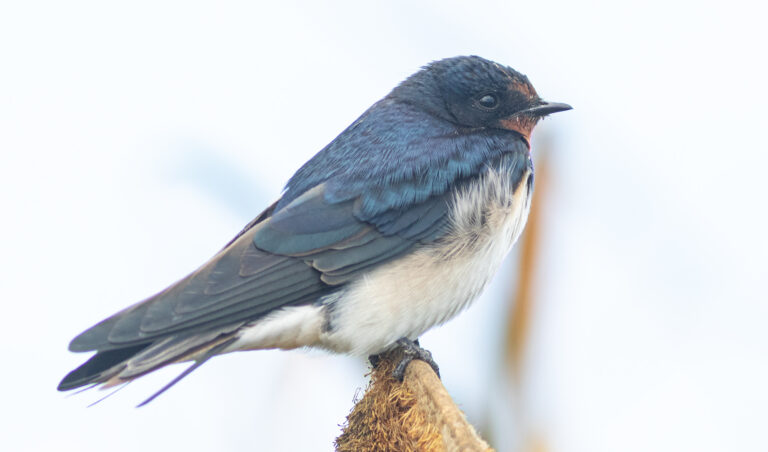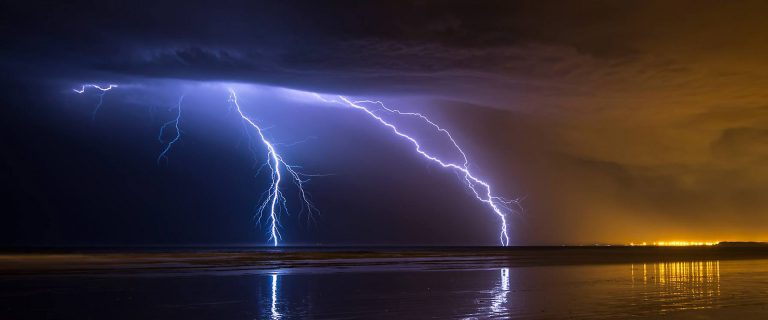Pelagic Birding Off Cape Point – (24 April 2016)
My last pelagic trip was three years ago. Funnily enough, it was three years ago almost to the day (3 days off). In my last entry I managed to amass plenty of new lifers, but ended my previous post with the sentence “Next time, I’ll be setting my sights on the Pintado Petrel…”
And so that was certainly my target bird for the day. After having looked at numerous pictures of the Pintado Petrel online over the years it quickly became my favourite looking sea bird, although there are one or two close contenders.
The day got off to an early start, waking up at 4:30am, and then dropping Monique off at home just after 5 o’clock. The sun was still far below the horizon and day’s break was yet to be hinted at. The drive from Somerset West took me along Baden Powell Drive and along the coast, through Fish Hoek and towards Simon’s Town. Surprisingly I still remembered the road to the jetty in Simon’s Town from my previous trip. The briefing was set to start just before 7, and I had arrived early so I took those last few minutes to soak in my car’s heating.
The Weather That Weekend
On Friday, a strong storm pushed through south of the country. Despite it being a fast moving and short lived affair, the storm had undergone fast deepening and saw a central pressure of around 976mb. This meant winds in excess of 50kt offshore and swells in excess of 8 meters. Needless to say the ocean calmed down quite quickly as swells had dropped to around the 2 meter mark on Sunday.
Of course there are also positive aspects to storms pushing through, as they can bring bird life out of their normal ranges and the hopes for something special get increased slightly.
After the briefing given to us by Trevor, one of the guides on board the boat – we boarded and were soon seated and taking off into the now early morning light.
The oceans within and just outside of the harbour were extremely calm, with no signs of swell. This changed a bit as we approached the tip of Cape Point, where the swell picked up a little and the ocean became quite choppy. Thankfully I spent much of my youth on boats and am no stranger to a bit of swell, in fact as far the ride goes I much prefer it – gives some life to the ride, kind of like turbulence in an aircraft.




Out into Open Seas
Before we reached Cape Point we were able to get views of hundreds of Cormorants, several Penguins near Boulders Beach, as well as some Cape Gannets, Sooty Shearwater and a single SubAntarctic Skua sitting in the water as we passed.
It was only after about 15 minutes past Cape Point where we saw our first real action though, as dozens of Gannets were plunging into the waters, gathering their morning food. A couple of Cory’s Shearwaters were also seen in the bunch.
And so we began our journey towards the continental shelf where one usually finds the trawlers, with the birds in tow. However there were worries that trawlers may be few and far between, if any – due to the large storm 2 days prior.






Fighting the Spray
With the fairly decent swell and choppy seas, photography was made extremely challenging this time around and I didn’t realize how much I had taken the 2013 trip’s calm seas for granted. It wasn’t so much the movement that was causing me problems, but rather the spray from the waves breaking against the boat causing my lens to continuously become wet and then need to be dried, only to have the water smudge on the lens. As a result, much of the photos you will see are lacking contrast and may seem dull.
We pushed on for several hours, as all sight of land disappeared. While I had acted with precaution and taken a Cyclizine (anti-nausea) prior to the trip, just in case. It seemed another one of the guests on board, unfortunately wasn’t handling the movement of the boat too well. In fact, a couple of individuals seemed to struggle. So if I can give one word of advice, it’s to take some Cyclizine prior to your trip. They cost about R15 and will aid in any potential nausea / motion sickness, especially if you’re prone to such things.






Where Are The Birds?
Things started out fairly quiet in terms of bird life, with no other sea bird species – until a single Arctic Tern flew by over the ship. A lifer for me! With my provincial list now in the 270s, I’m having to work harder and harder for new birds and every new tick is a welcome surprise.
After about 2 hours of traveling we were still coming up fairly dry, with only White Chinned Petrels, Sooty Shearwater, Cory’s Shearwater and the occassional Great Shearwater putting in appearances. In fact, at this point we had yet to ID a single Albatross. But then things started to heat up…








Found Them!
As we approached the continental shelf, bird activity began to rise and we got our first sightings of Albatross, which seemed to come in increasing numbers as we jumped between birds making sure there wasn’t anything out of the normal among the Black-Browed and Shy Albatross. A few Wilson’s Storm Petrels also passed around the boat occasionally, with a single Northern Giant Petrel also passing by the boat.
We eventually came to a point where the bird life was far more active and suddenly we were surrounded by numerous species, and before long – PINTADO PETREL! And another! Before long there were 3 Pintado Petrels flying around the boat and giving us good views of this amazing sea bid. The plumage is beautiful, with black and white contrast across the upper wings in flight. One of the bird even decided that he would sit in the water behind the back of the boat. Another lifer in the bag, and a bucket list bird if ever I had one.
Continued good views of Albatross were seen for a while at this point, though surprisingly we only got views of Black-Browed and Shy with no sign of Yellow-Nosed Albatross, or any of the rarer Albatross species.




The Ride Back
It was shortly after this point that we were given some lunch and a refreshment, which was needed at this point. It’s hard to explain to someone how exhausting it can be being at sea, not just the hours spent out there but the amount of energy one uses to stabilize one’s self when moving around. It was at this point that I retired from back of the boat and spent some time in the sheltered area inside. One can still hear any excitement that may occur outside, and still rush out to see what is going on (or look through the windows which surround the sheltered area).
The boat ride back saw continued amounts of birds, though nothing that we hadn’t already seen that day. Though we did get to see an interesting sight of dozens of Cory’s Shearwater all sitting in the water. I actually had my 50mm lens attached at the time and it worked out quite well to give some perspective on the numbers.
I was excited to pass Cape Point again, this time with my Sigma 10-20mm lens attached and grab some photos of the point from a perspective many people don’t get to see. Unfortunately the lighting was extremely tough to work with at this hour, but I was still happy to have grabbed some shots!
Overall, I would consider the day a success, a challenging success. We may not have had any rarities or the numbers one would often hope for. But that is just birding for you, there is mostly no telling what you may see on any particular day, even in the wake of a giant storm. But I managed to get two lifers and see the Pintado Petrel in person. I would be lying if I said the rough seas didn’t make it extremely challenging for photography (Think I spent more time drying my lens than I did shooting), but this is the life of a photographer and can’t let it take away from the experience at all. What was also a little surprising was the lack of any Cetacea on the trip, but to be fair with seas how they were it would have been tough to spot.
I used Zest For Birds for this pelagic and if you’re looking to get out to sea and tick off some sea birds, I can highly recommend them.







